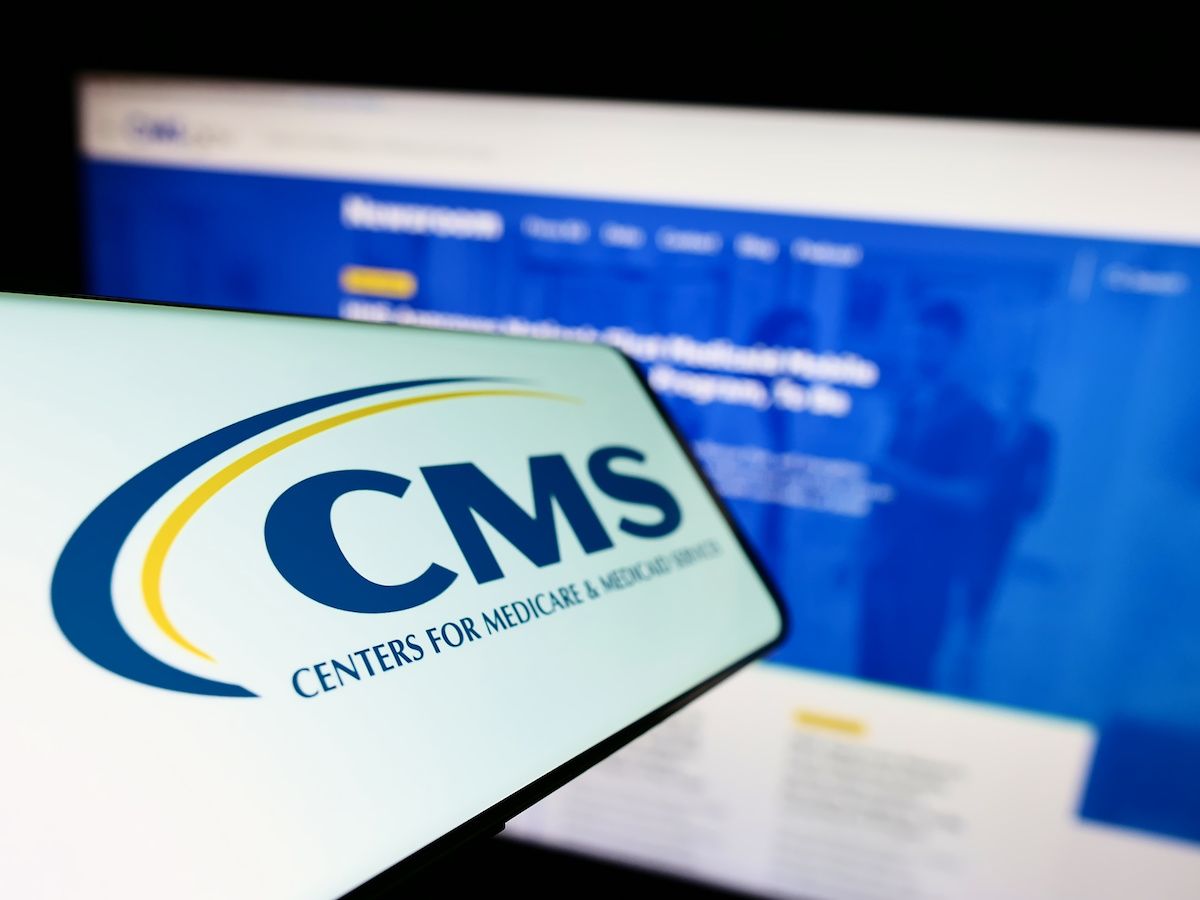Article
Baghdad, bombs, and a kid with asthma
Worried about treating soldiers with combat wounds, the author finds himself facing an unexpected challenge.
I'd just finished my three-year fellowship in oncology when I got the call: I was bound for Iraq to join the 31st Combat Support Hospital in Baghdad.
Suddenly, my training in internal medicine seemed remote-and entirely inadequate. Yes, I remembered some things about chest pain, COPD, and diabetes, but I was going into a combat zone, so I needed to read up quickly about the care of gunshot wounds, mortar injuries, and burns. Despite my trepidations, however, I was sure of one thing: my willingness to assist, in any way I could, our brave American soldiers and the equally brave Iraqi soldiers.
Petrified, but determined By my eighth day in Iraq, I was ready to begin my second call duty. As an internist and new recruit, I was assigned upstairs, to the wards and the ICU, where my job was to make room for incoming trauma patients.
I attended to one of the less seriously ill soldiers in a back room, and then looked around for other ways to help. Floating from patient to patient, I put in central lines, inserted chest tubes, and even assisted a neurosurgeon as he went about fixing an intracranial bolt. I'd been part of the hospital team for only a short time, but I was starting to feel that I had something to contribute.
And then, amid the chaos, I noticed a young Iraqi boy, perhaps 8 years old, his worried parents at his bedside. The boy was sitting upright, fighting to remove a nonrebreather mask from his face. His whole body was shaking and turning blue.
"Oh no," I thought. "Asthma, probably status-level or even fatal asthma-and he's just a kid."
The last time I'd taken care of a sick child was on pediatric rotation during my third year of medical school. At the time, my resident evaluator had made the pointed comment, "Is nervous around kids." Now I wasn't nervous; I was petrified. Nevertheless, my mind raced. "Oxygen, nebs, epinephrine, steroids . . . magnesium. Yeah, magnesium. But in what doses?" I asked one of the bedside nurses to find a Harriet Lane textbook, the bible of pediatric care.
Meanwhile, speaking to the boy's parents through an interpreter, I learned that his condition had worsened in recent days, despite the steroids he'd been taking for some time, which was standard outpatient treatment for many diseases in Iraq. If he needed an additional dose to get him through this acute episode, it might well prove ineffective. Another thing concerned me, too. Like many Iraqi outpatients, he'd also taken his share of antibiotics. If it turned out he had an infection, it might well prove resistant to standard antibiotic treatment.
Almost inaudibly, the boy protested that he was okay. But his arterial blood gas readings-a pH of 7.1 and a PaCO2 of 64mm Hg-and his hypoxia convinced me otherwise. Despite my desire not to, I sedated and intubated him. Whatever my level of readiness, he was now my patient.
The boy's status rises and falls Despite the measures I'd taken, the boy still wasn't ventilating properly. His PaCO2 readings had climbed well above 100mm Hg, and were moving up. I switched him to pressure control ventilation, but that proved ineffective, as did adding a ketamine drip to the combination of terbutaline and aminophylline he was already receiving. His options-and mine-were quickly running low.





